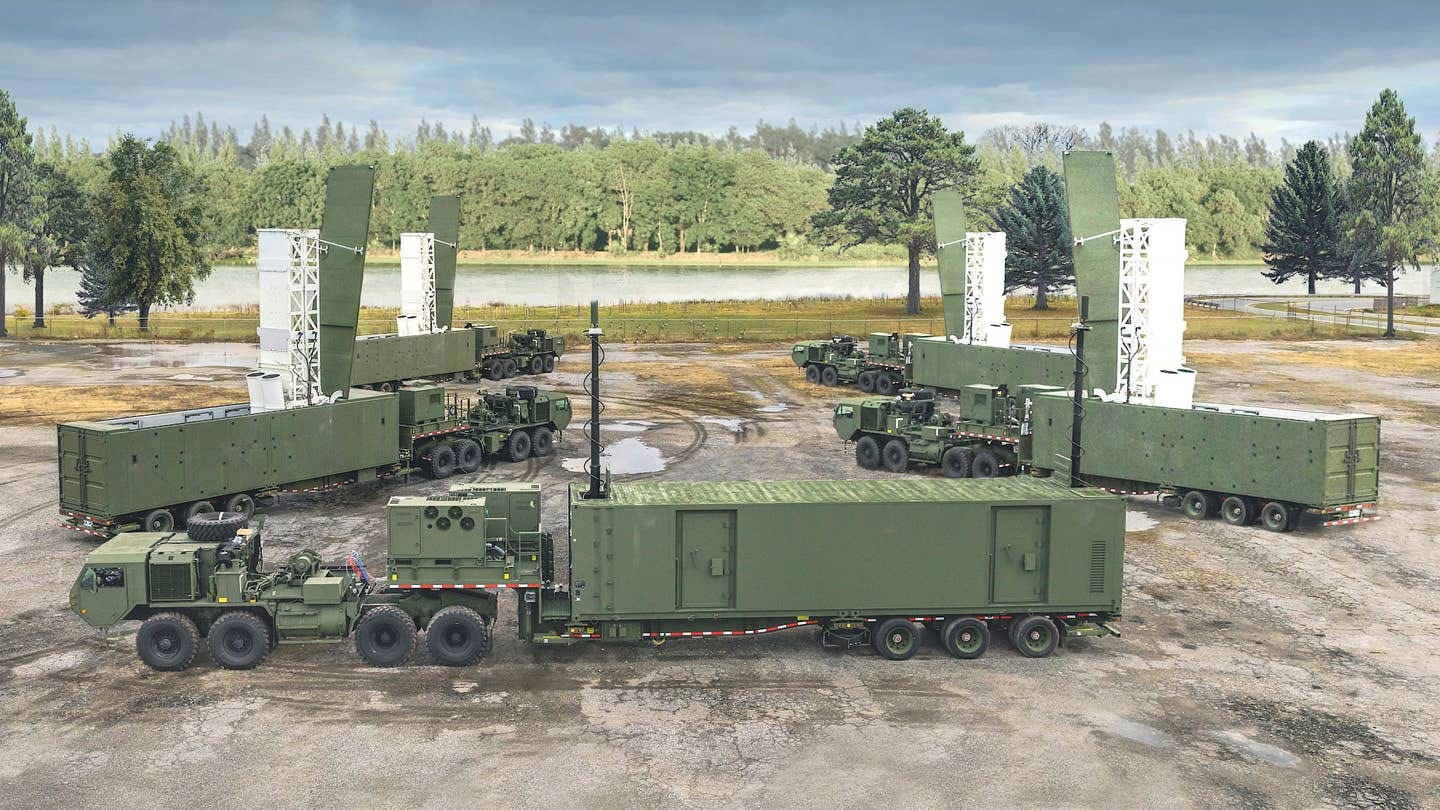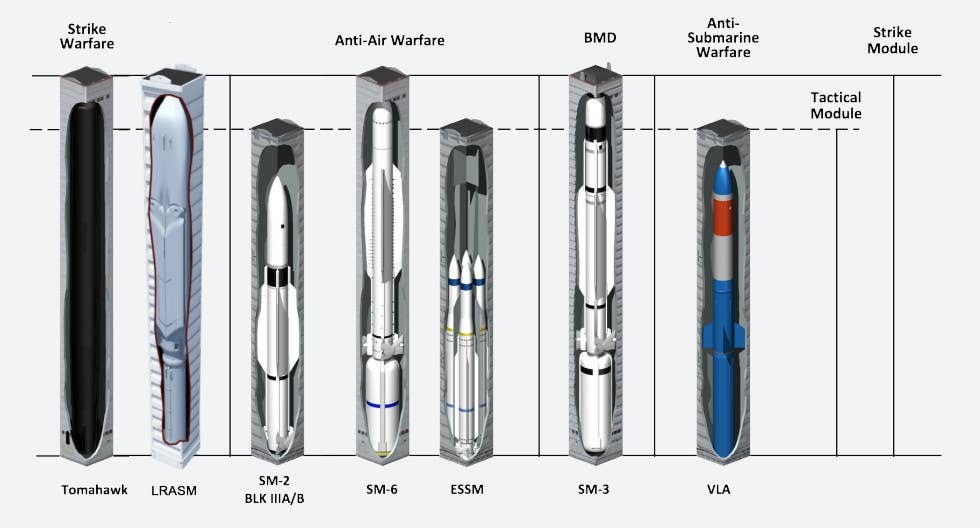The best Joint is organic Joint.
No, this isn’t a cannabis joke for organic foodies (but an interesting business concept) … but a simple observation.
The post Goldwater-Nichols Joint construct has become an end unto itself. It prevents more effective national defense excellence than it fosters, especially when it comes to weapons.
Excessive centralization and the pursuit to single “Joint” systems more often than not creates compromised solutions with sub-optimal performance, higher than necessary price tags, and exceptionally long development timelines.
Accountants love them because they seem so efficient, but they do not necessarily create a more effective military.
Constructive competition, argument, and creative friction between the services are, in my inefficiently humble opinion, a much better construct. Have the different services work towards their specific areas of responsibility, pursuing different systems if they feel that is what is best, will produce s better overall product.
It worked pretty well pre-Goldwater Nichols Era. Yes, there were some issues, but the accretion encumbered structure we now have is no longer fit for purpose.
There are a few successes here and there that manage to get around the self-limiting requirements and give you a hint of what creative things might come from freeing up the services from the Joint yoke. One of my favorites was how NAVAIR managed to say the “Super-Hornet” was just an improvement of the F/A-18 and not what it really is, a totally different aircraft - just so it could get in production. Nice bureaucratic insurgency.
We have another example of something that is a throwback to how things used to be and can be again.
One service has a really effective weapon system in use and doing well. Another service sees its utility and, with a few modifications, can repurpose it to a new use inside their primary warfare area.
Joseph Trevithick at The Drive gives us the lates example.
The US Army with their own TLAM and SM-6 batteries?
Why not?
The U.S. Army says it has demonstrated the operational capability of its newest ground-based missile launcher with the system's recent successful firing of a Tomahawk land-attack cruise missile. This follows a test launch of a multi-purpose SM-6 missile earlier this year from what is officially known as the Typhon Weapon System. The service currently has one so-called Mid-Range Capability battery equipped with Typhon, which has four trailer-based launchers and other supporting equipment.
The Army's Rapid Capabilities and Critical Technologies Office (RCCTO) announced the Tomahawk launch on June 28, but the actual test had occurred the day before. This comes just over six months after the service accepted delivery of the first Typhon launchers and other components of its first Mid-Range Capability (MRC) battery from Lockheed Martin.
Just look at this beautiful development.
The Army currently expects Typhon to be employed primarily against land-based targets using either Tomahawk or SM-6. At the same time, anti-ship optimized variants of Tomahawk exist. Originally designed as a surface-to-air missile, SM-6 has a demonstrated anti-ship capability, too, and significantly longer-range and otherwise more capable versions are in development. As it stands now, the U.S. military says that the SM-6 family is its only real capability for engaging incoming highly-maneuverable hypersonic weapons.
…
These same launchers are already expected to be part of the expanded air and missile defenses that the U.S. military is working to put in place on the strategic U.S. island territory of Guam.
In addition, the Typhon launchers are derived from the Mk 41 Vertical Launch System (VLS) in use on various U.S. Navy and foreign warships. This launcher can already fire a wide array of containerized missiles, and other types could be integrated into it in the future.
It does beg the question, is there anything a MK-41 VLS cannot do?
Anything to complicate the enemy’s plans, distribute firing platforms, and more importantly … get a good system out there in the field sooner as opposed to waiting for a “perfect” system that may or may not be available in time you’ll need it and at a price you can afford.
This 1,000nm capability for the Army - where it doesn’t have to wait for “the Joint Force” to move assets around on some other timeline - will enable the tactical and operational level commanders to have more options on a shorter timeline. Much more than just in the Pacific, but Europe and elsewhere.
Good ideas…I hope the Army continues to follow through with this capability.
Now we just need for strategic airlift and sealift to give it better global mobility.






"Now we just need for strategic airlift and sealift to give it better global mobility."
As a C-5 pilot, I'm literally salivating over this.
I'm a big fan. Cheaper, better and faster is good. Particularly when it frees to Army CDR from the tyranny of some USAF fires control cell Major that decides there are more important "Joint" read USAF targets.
Though a SM-6 is big enough for a mission kill on a PLAN DDG. Is it right for land targets?
And the PLA will be happy. Fewer sets of code to steal and counter-counters to field